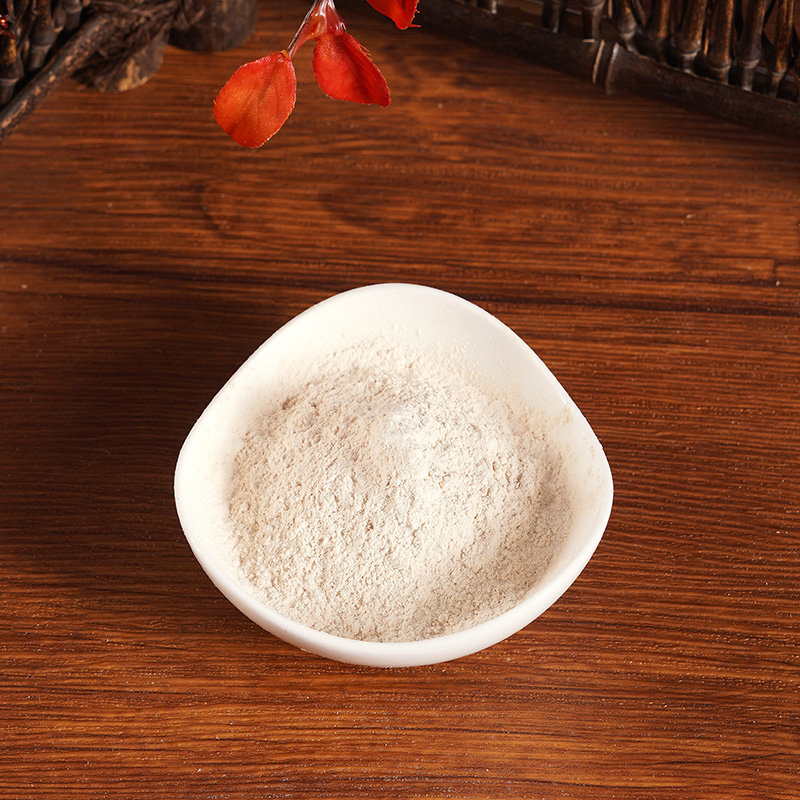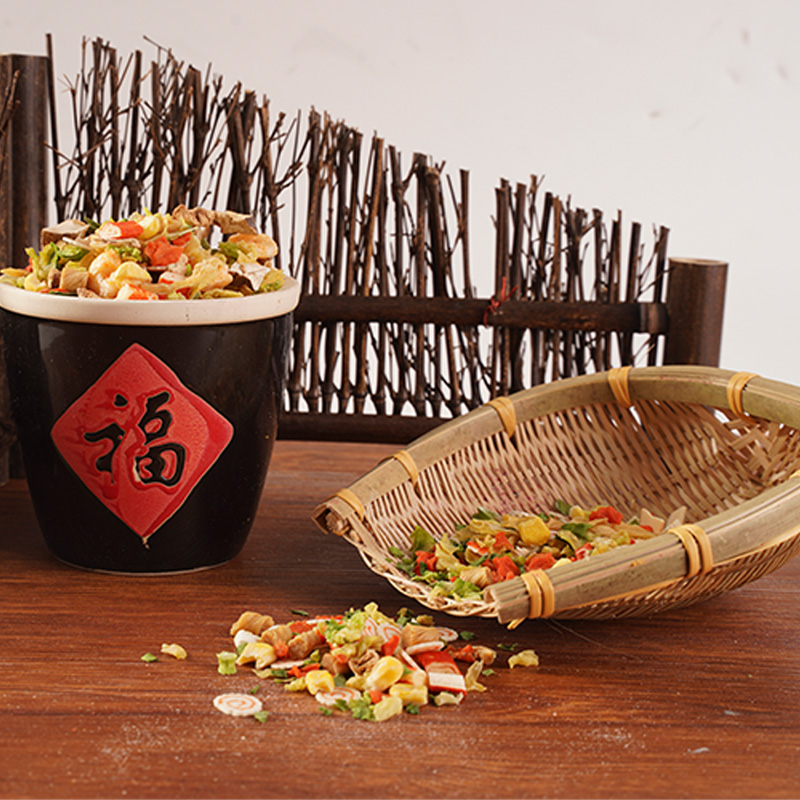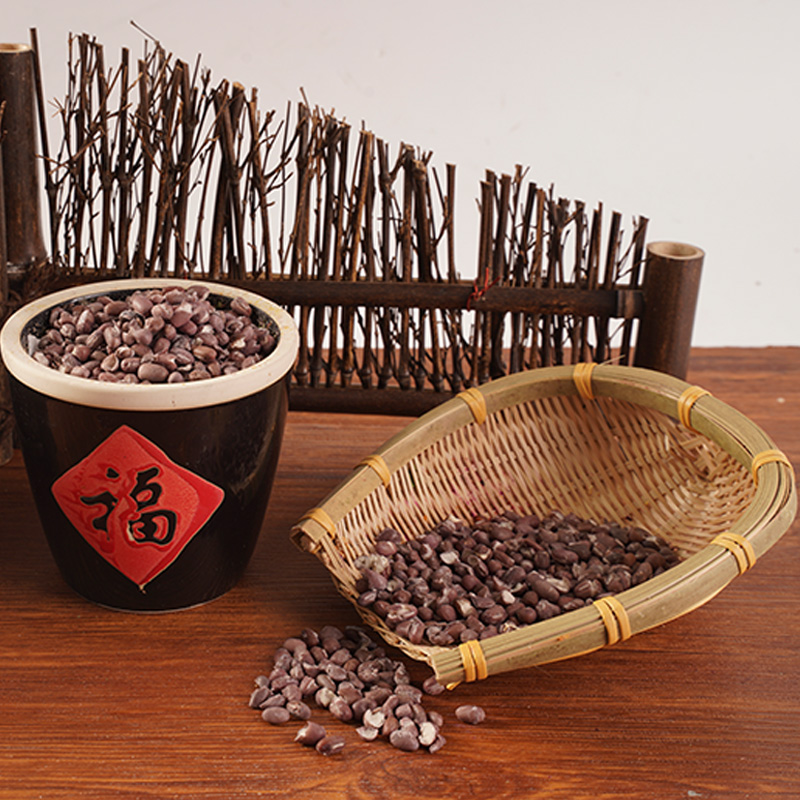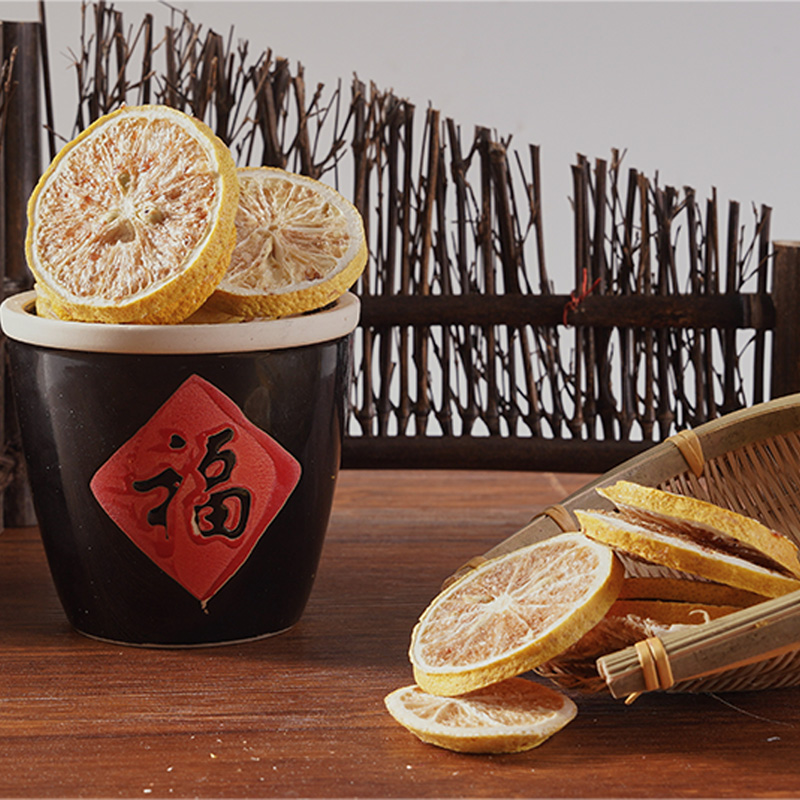Unlocking Culinary Potential: The Strategic Advantages of Dehydrated Vegetables in Modern Home Kitchens
In an era where convenience and nutrition are paramount, dehydrated vegetables have emerged as a versatile staple for home cooks seeking efficiency without compromising quality. Once perceived as a niche pantry item, these shelf-stable ingredients now play a pivotal role in elevating everyday meals. Let’s explore the science-backed applications revolutionizing how we incorporate dehydrated vegetables into home cooking.
1. Flavor-Boosting Foundations for Soups and Stews
Dehydrated vegetables excel as foundational flavor agents in slow-cooked dishes. Their concentrated taste and rehydration properties make them ideal for soups, broths, and stews. Carrots, celery, onions, and tomatoes—when dehydrated—retain up to 90% of their original nutrients, according to food preservation studies. Simply simmering these vegetables in water reactivates their texture and umami depth, creating rich bases for minestrone, ramen, or chili. Professional chefs note that blending dehydrated mushrooms into stocks adds a restaurant-worthy complexity unachievable with fresh variants.
2. Space-Saving Meal Prep Solutions
For urban dwellers with limited storage, dehydrated vegetables offer a compact alternative to bulky fresh produce. A single jar of dehydrated spinach contains the equivalent of 10 fresh bunches, reconstituting instantly for omelets, pasta fillings, or smoothies. Nutritionists highlight that proper dehydration preserves fiber and minerals like iron and potassium, making them a viable option for health-conscious meal preppers.
3. Emergency-Ready Nutrient Reservoirs
Dehydrated vegetables serve as a critical component of pandemic-era pantry planning. With a shelf life of 5–15 years when stored properly, they ensure access to essential vitamins during supply chain disruptions. Food scientists emphasize their role in mitigating nutrient gaps: for example, dehydrated bell peppers retain vitamin C levels comparable to fresh ones for up to a year.
4. Creative Applications in Baking and Snacks
Innovative home bakers are grinding dehydrated vegetables into powders to enhance savory baked goods. Zucchini powder adds moisture to gluten-free bread, while beetroot powder creates naturally vibrant pizza dough. Additionally, DIY kale chips or carrot crisps—made by rehydrating and air-frying—provide healthier alternatives to processed snacks.
5. Global Cuisine Accelerators
From instant kimchi (using dehydrated napa cabbage) to quick-prep curries, dehydrated vegetables enable authentic international flavors without specialized ingredients. A 2023 culinary survey revealed that 68% of home cooks use dehydrated onions and garlic to replicate restaurant-style Indian and Mexican dishes efficiently.
Why Professionals Advocate for Dehydrated Vegetables
"Dehydration locks in peak-ripeness nutrients while eliminating food waste," explains Dr. Elena Torres, food preservation researcher at the Culinary Science Institute. "Home cooks gain access to offseason produce year-round, maintaining dietary diversity." Modern dehydrating techniques also preserve phytochemicals like lycopene in tomatoes, which studies suggest may become more bioavailable when concentrated.
The Sustainability Edge
With 30% of household fresh produce discarded annually (UNEP data), dehydrated vegetables reduce carbon footprints by minimizing spoilage. A 100g packet replaces multiple fresh purchases, slashing packaging and transportation emissions.
Far from being a compromise, dehydrated vegetables represent a strategic upgrade for contemporary kitchens. Their applications span from practical nutrition preservation to gourmet experimentation, aligning with both busy lifestyles and culinary ambitions. As food technology advances, these humble ingredients are poised to become non-negotiable tools for the discerning home chef.
News Category
- Company News(1)
- Industry News(68)



 English
English русский
русский 日本語
日本語 한국어
한국어 中文简体
中文简体












